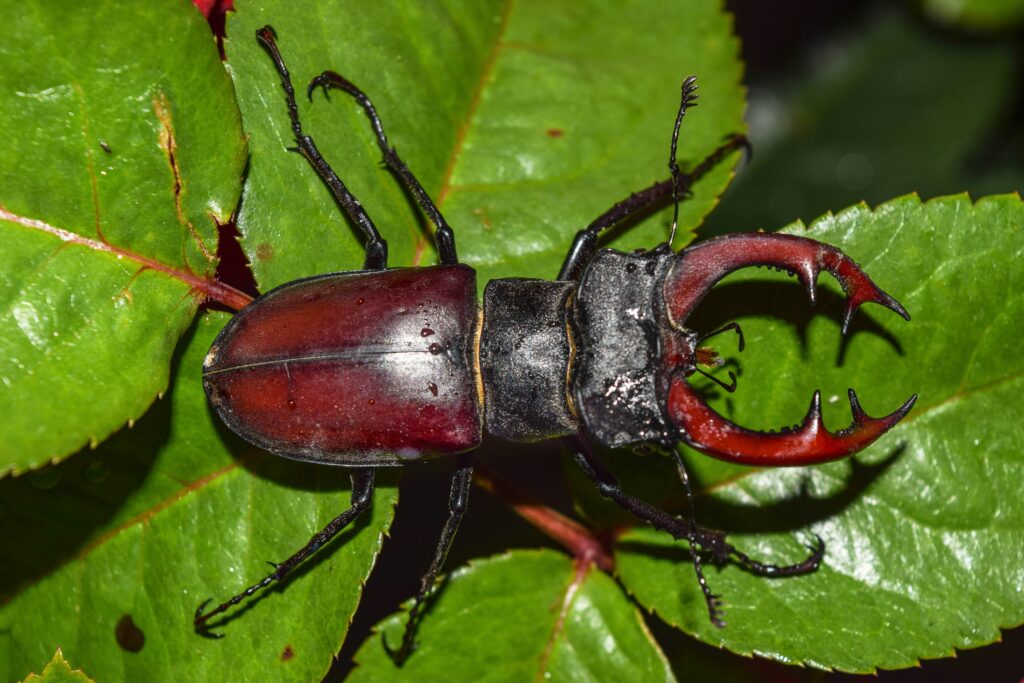In the intricate world of natural pest control, soldier beetles stand as unsung heroes of our gardens and agricultural landscapes. These beneficial insects, with their distinctive appearance and voracious appetites, play a crucial role in maintaining the delicate balance of ecosystems by preying on harmful insect populations. Though often overlooked in favor of more recognizable beneficial insects like ladybugs or praying mantises, soldier beetles provide exceptional service in keeping destructive pests in check. This article explores the fascinating world of soldier beetles, their biology, behavior, and significant contributions to natural pest management, offering insights into how gardeners and farmers can harness their remarkable pest-controlling abilities.
Understanding Soldier Beetles: An Introduction to These Beneficial Predators
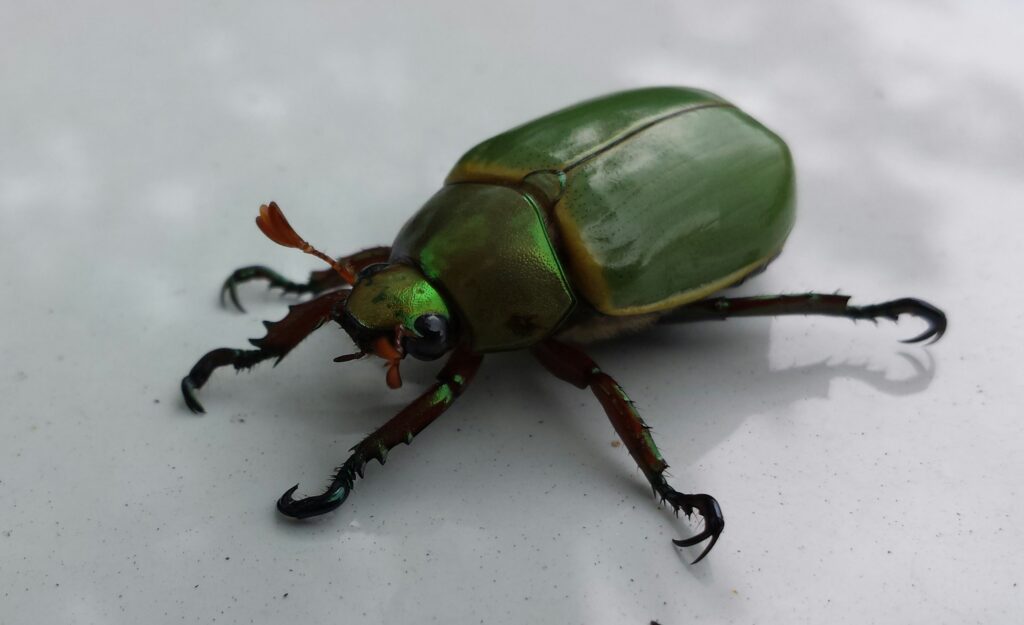
Soldier beetles (family Cantharidae) comprise over 3,500 species worldwide, with about 470 species found in North America alone. They earned their military moniker from their colorful appearance, which resembles the bright uniforms worn by soldiers in earlier centuries. Most species feature soft, elongated bodies ranging from 5-15mm in length, with many displaying striking color combinations of red, orange, or yellow contrasted with black. Unlike many other beetles, soldier beetles have relatively soft wing covers (elytra), leading to their alternative name of “leatherwings.” Their lifecycle includes complete metamorphosis, progressing from egg to larva to pupa before reaching adulthood, with each stage contributing uniquely to their pest control capabilities.
The Life Cycle of Soldier Beetles and Its Ecological Significance

Soldier beetles typically produce one generation per year, with adults emerging in late spring or early summer when many pest populations begin to flourish. Female beetles lay their eggs in soil or leaf litter, where the larvae hatch and develop through several instars before pupating. Interestingly, both the adult and larval stages are predatory, effectively doubling their pest control impact throughout their life cycle. The soil-dwelling larvae specifically target soil pests like root maggots, wireworms, and the eggs and larvae of various agricultural pests. This dual-stage predation makes soldier beetles particularly valuable as their pest control services span multiple habitats and seasons, providing year-round benefits to ecosystems they inhabit.
Dietary Preferences: What Harmful Insects Do Soldier Beetles Target?

Adult soldier beetles possess impressive appetites for a wide range of garden and agricultural pests. They actively hunt and consume aphids, which are notorious for damaging crops and spreading plant diseases throughout gardens and farms. Their menu also includes thrips, small caterpillars, mites, and various insect eggs that might otherwise develop into destructive pests. Some species have been observed feeding on the immature stages of Colorado potato beetles, cucumber beetles, and other economically significant pests. Additionally, many soldier beetle species supplement their protein-rich diet with pollen and nectar, making them effective pollinators while hunting for prey, thus providing a dual ecological service in maintaining both plant health and reproduction.
Hunting Strategies: How Soldier Beetles Locate and Capture Prey

Soldier beetles employ remarkably effective hunting strategies that make them successful predators in diverse environments. Unlike ambush predators, they actively patrol plant surfaces, using their keen sense of smell and touch to locate prey congregations. Their slender bodies allow them to maneuver easily among dense foliage, reaching aphid colonies and other pests in locations that bulkier predators might miss. When a soldier beetle locates prey, it uses its powerful mandibles to grasp and crush the victim before consuming it. Their hunting activity intensifies during daylight hours, particularly in warm weather when they become more active and their metabolism increases. This diurnal hunting pattern complements the activity of nocturnal predators like ground beetles, ensuring round-the-clock pest suppression in healthy ecosystems.
Quantifying Impact: The Impressive Pest Control Efficiency of Soldier Beetles
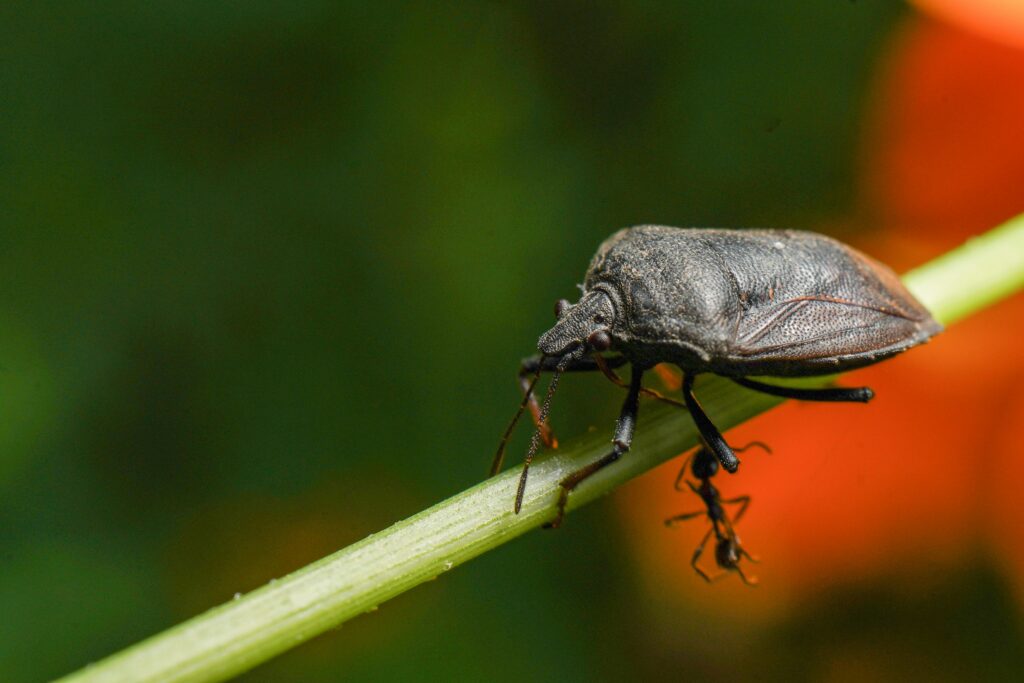
Research studies have demonstrated the remarkable efficiency of soldier beetles as biological control agents. A single adult soldier beetle can consume dozens of aphids daily, with some estimates suggesting consumption rates of 50-100 aphids per day under optimal conditions. In agricultural settings, fields with healthy soldier beetle populations have shown significantly reduced aphid damage compared to those without these beneficial insects. One study conducted in organic apple orchards found that areas with established soldier beetle populations experienced 40-60% less damage from aphids and codling moth larvae compared to control plots. Their cumulative impact becomes even more impressive when considering that a healthy population might include hundreds of beetles per acre, collectively preventing thousands of plant-damaging pests from reaching maturity.
Soldier Beetles vs. Chemical Pesticides: A Sustainable Alternative
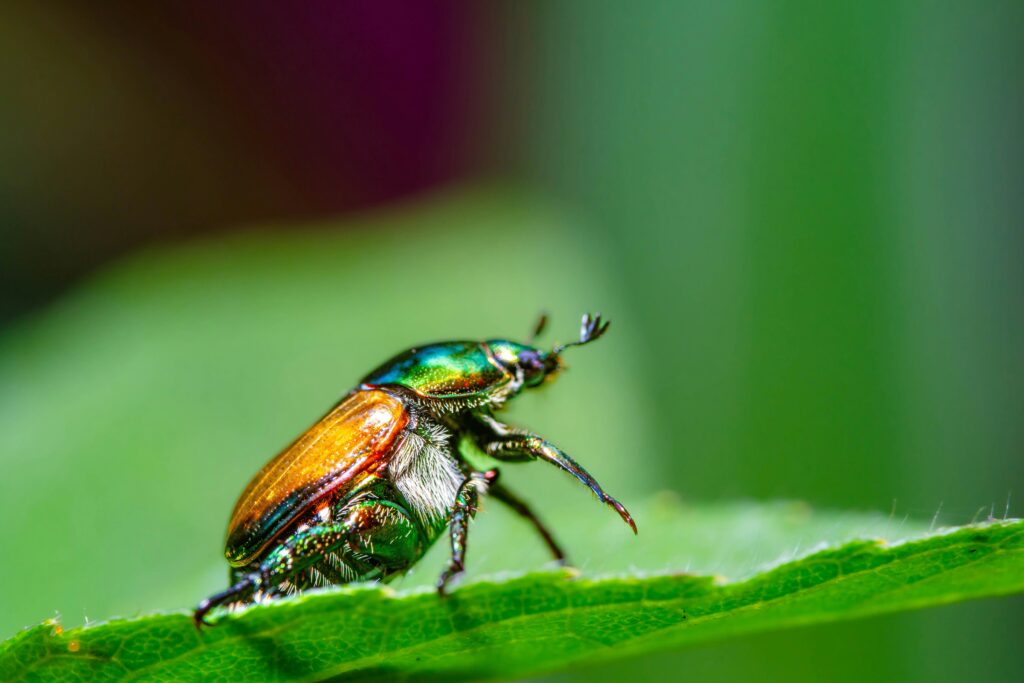
In contrast to chemical pesticides, soldier beetles offer several distinct advantages as pest control agents. Unlike broad-spectrum insecticides that kill beneficial insects alongside pests, soldier beetles selectively target harmful species while sparing beneficial organisms like bees and butterflies. They leave no toxic residues on crops or in soil, eliminating concerns about chemical runoff into waterways or pesticide residues on harvested produce. Soldier beetles also provide continuous, self-sustaining pest management without the need for repeated applications, as populations naturally adjust to prey availability. Perhaps most importantly, pests cannot develop resistance to soldier beetle predation as they often do with chemical controls, making these natural predators a truly sustainable, long-term solution to pest management challenges in both commercial agriculture and home gardens.
Creating Soldier Beetle Habitat: Attracting and Retaining These Beneficial Predators
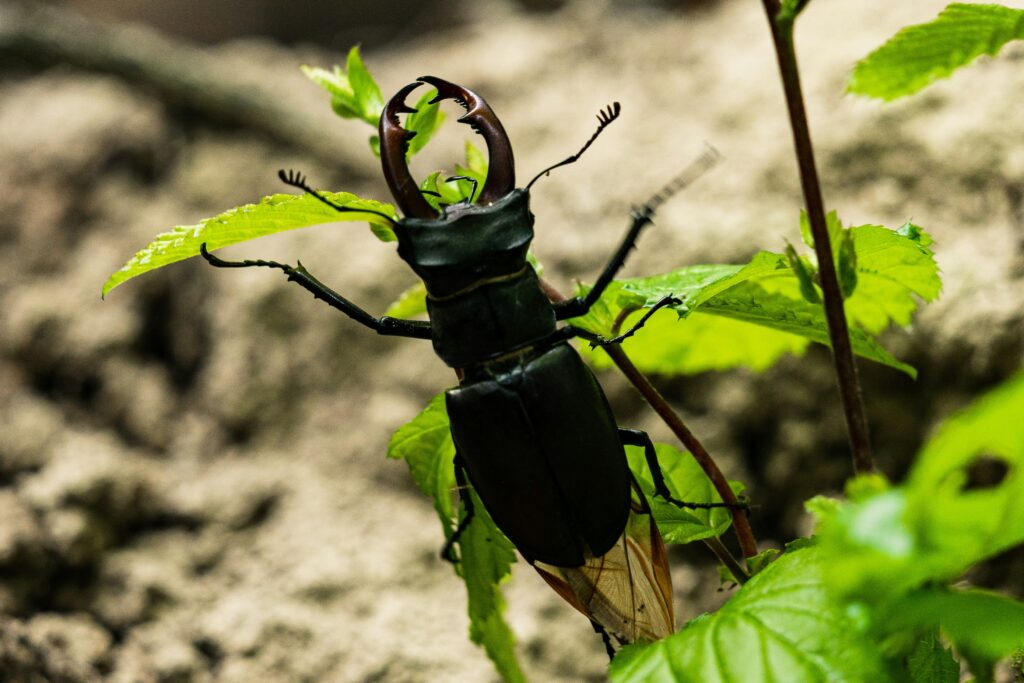
Gardeners and farmers can actively encourage soldier beetle populations by implementing habitat enhancements that support these beneficial insects. Planting diverse flowering species, particularly members of the aster family, goldenrod, and Queen Anne’s lace, provides adult beetles with supplementary pollen and nectar sources that help sustain them between predatory feedings. Maintaining areas of undisturbed soil and leaf litter creates suitable overwintering sites and larval development habitats. Avoiding broad-spectrum insecticides is crucial, as these can devastate soldier beetle populations along with their prey. Implementing companion planting with aromatic herbs like dill, fennel, and coriander has proven particularly effective at attracting and maintaining soldier beetle populations, as these plants emit volatile compounds that act as natural attractants for many beneficial predatory insects.
Soldier Beetles in Integrated Pest Management Systems
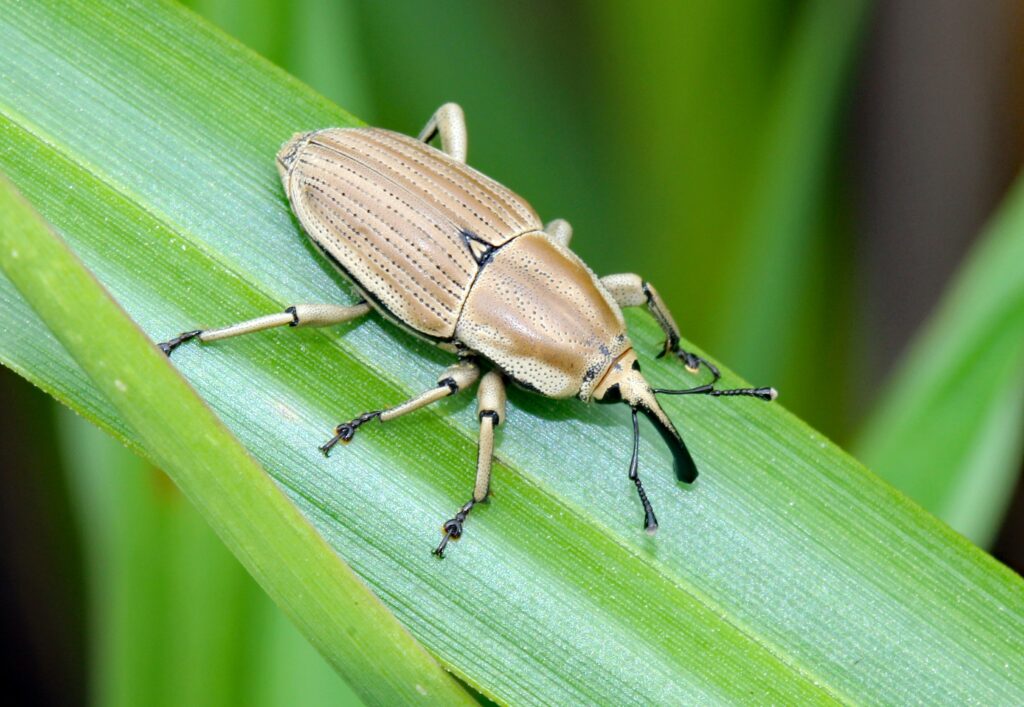
Integrated Pest Management (IPM) programs increasingly incorporate soldier beetles as key components of sustainable pest control strategies. These beetles complement other biological control agents like ladybugs, lacewings, and parasitic wasps, each targeting different pest species or life stages to provide comprehensive protection. In commercial IPM programs, monitoring soldier beetle populations helps determine when additional interventions may be necessary, with their presence often serving as a biological indicator of ecosystem health. Agricultural researchers have developed innovative approaches to enhance soldier beetle effectiveness, including the creation of beetle “banks” – dedicated habitat areas that support year-round populations that can disperse into crop fields when pest pressures rise. Some forward-thinking organic farms even time their crop plantings to coincide with peak soldier beetle activity, maximizing natural pest suppression during critical growth stages.
Common Misidentifications: Distinguishing Soldier Beetles from Pests
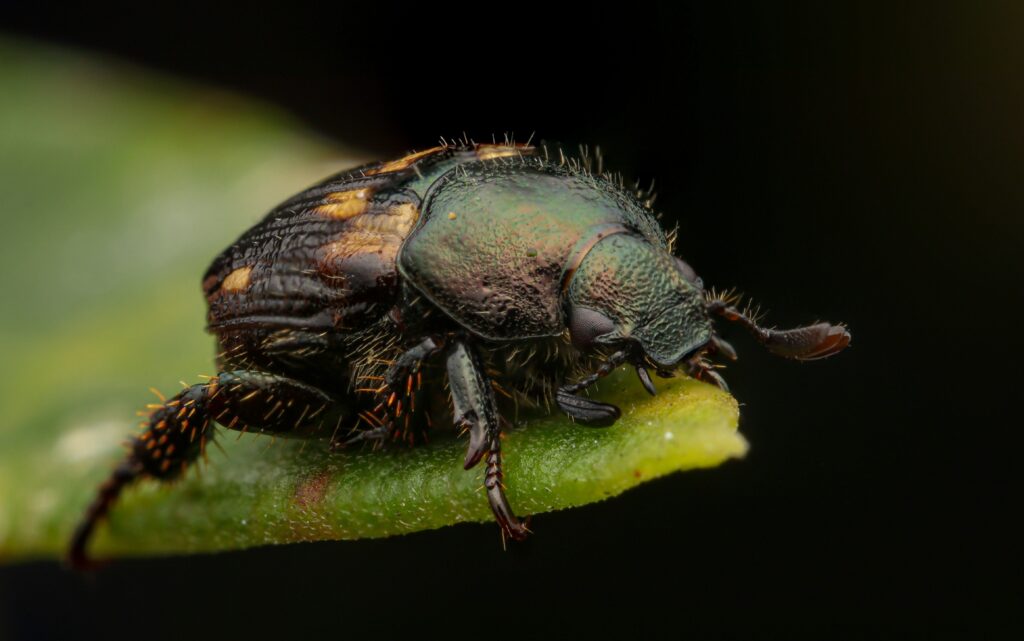
Despite their beneficial nature, soldier beetles are sometimes mistakenly identified as pests due to their visible presence on flowering plants or crops. They are occasionally confused with blister beetles, which are plant feeders and can cause crop damage, though soldier beetles have more elongated bodies and lack the defensive chemicals of blister beetles. Another common misidentification occurs with lightning bugs (fireflies), as some soldier beetle species share similar coloration and body shapes, though soldier beetles lack the light-producing organs of fireflies. Gardeners sometimes mistake the congregation of soldier beetles on flowers as harmful activity, when in fact they are either hunting pests or temporarily feeding on pollen and nectar. These misidentifications occasionally lead to the unfortunate destruction of beneficial populations, highlighting the importance of accurate identification and education about these valuable insects.
Soldier Beetles Through the Seasons: Annual Activity Patterns
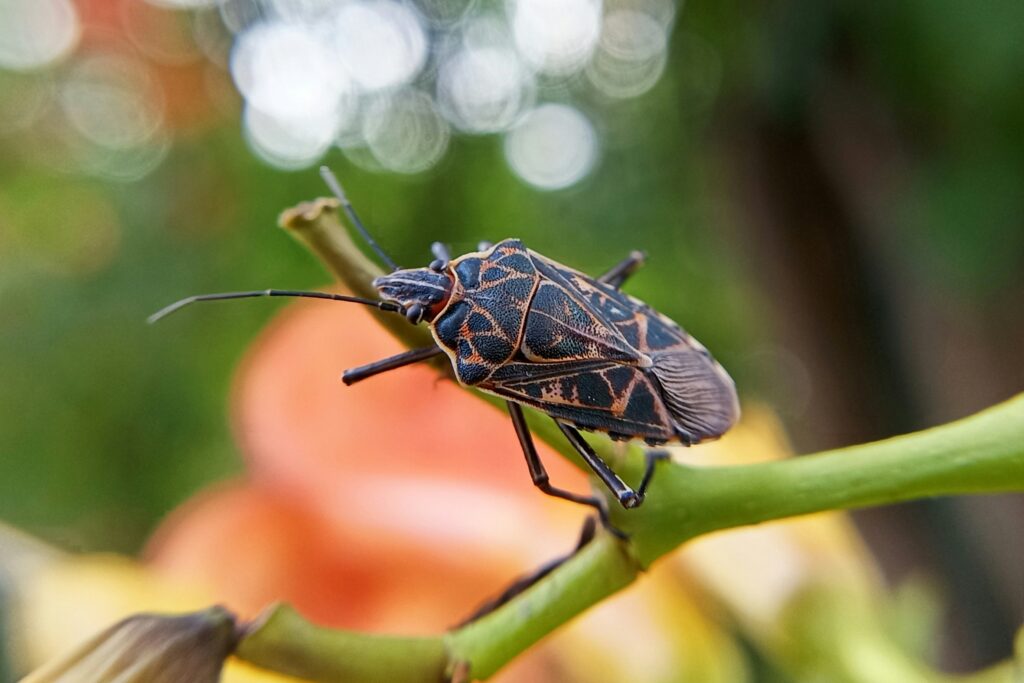
Soldier beetle activity follows predictable seasonal patterns that gardeners and farmers can anticipate and leverage for pest management. In temperate regions, the larvae become active in early spring, feeding on soil-dwelling pests as soil temperatures warm. Adult beetles typically emerge from late spring through early summer, with peak activity coinciding with the blooming of many flowering plants and the emergence of aphid populations. Their predatory activity remains high throughout summer, offering protection during critical growing periods for many crops and garden plants. As autumn approaches, adults mate and lay eggs before dying off with the first frosts, while the next generation overwinters as larvae in soil or leaf litter. Understanding these seasonal patterns allows growers to time their plantings and pest management strategies to maximize the natural protection soldier beetles provide.
Global Distribution and Regional Variations in Soldier Beetle Species
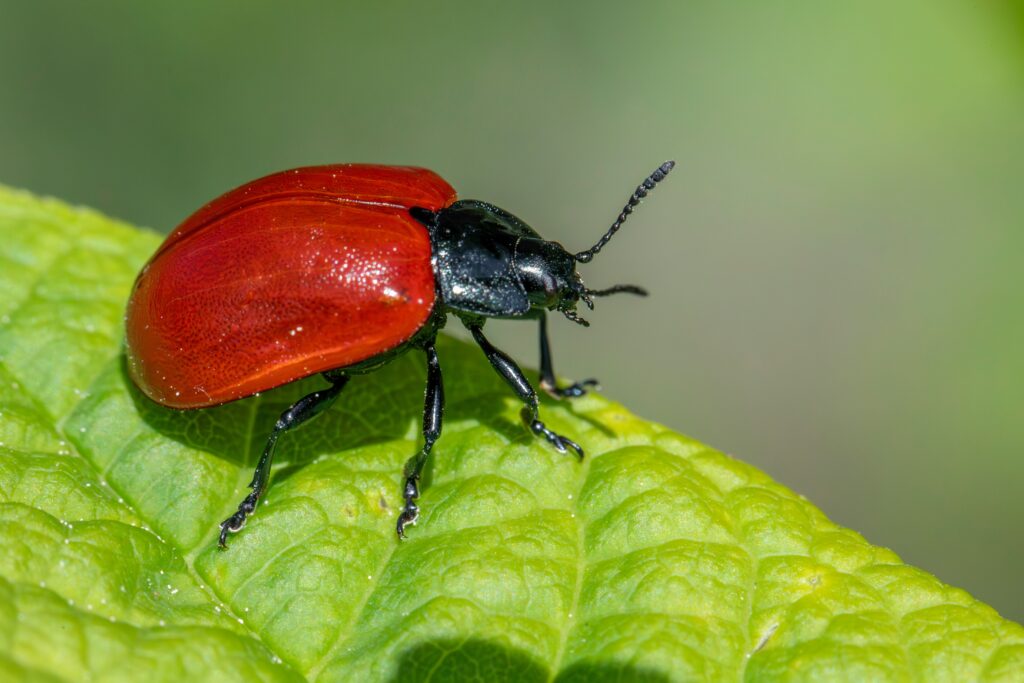
Soldier beetles display remarkable global distribution, with species adapted to diverse ecosystems across every continent except Antarctica. In North America, the goldenrod soldier beetle (Chauliognathus pensylvanicus) is particularly common in eastern regions, while the western Pennsylvania leatherwing (Chauliognathus basalis) predominates in western states. European gardeners benefit from species like the common red soldier beetle (Rhagonycha fulva), sometimes called the “bloodsucker beetle” despite being completely harmless to humans. Australian ecosystems feature distinctive species with specialized prey preferences tailored to local pest challenges. These regional variations mean that soldier beetles have evolved to target the specific pest complexes of their native environments, making local species particularly effective for indigenous crop protection compared to introduced biological control agents that may lack the adaptations to local conditions.
Conservation Challenges: Threats to Soldier Beetle Populations
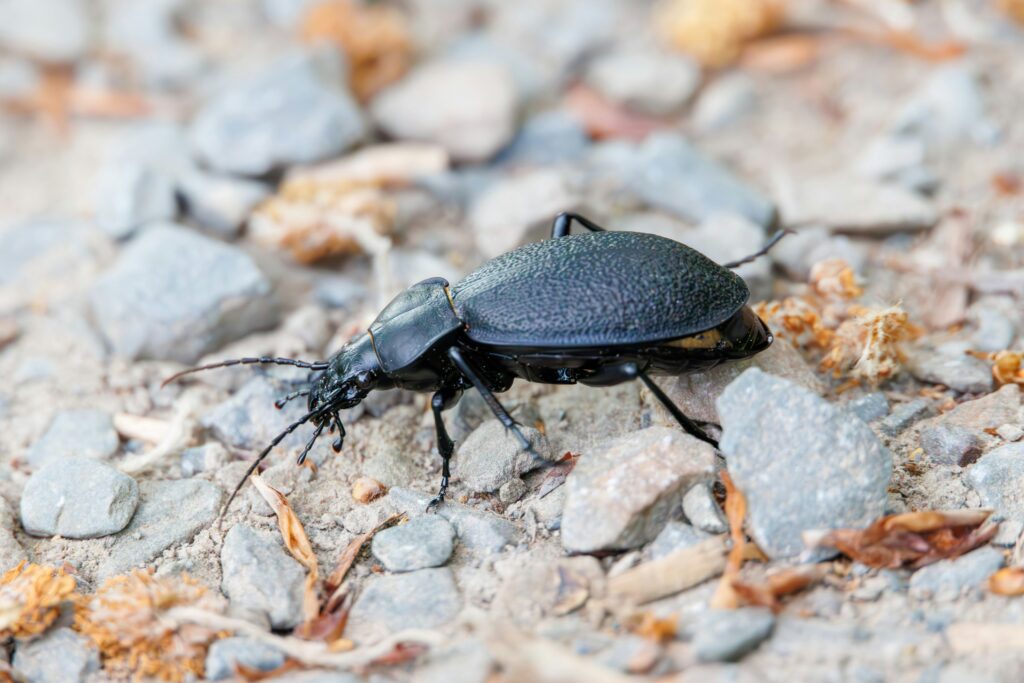
Despite their ecological importance, soldier beetle populations face several significant threats in modern landscapes. Habitat loss through urbanization and agricultural intensification removes the diverse plant communities that support adult beetles and the undisturbed soil habitats needed by larvae. Broad-spectrum insecticide use in conventional agriculture can devastate soldier beetle populations, often eliminating them entirely from treated areas for multiple seasons. Climate change poses an emerging threat by potentially disrupting the synchronization between beetle life cycles and the emergence of their prey species. Light pollution in suburban and urban areas has been shown to interfere with soldier beetle mating behaviors and navigation. Conservation efforts focused on creating and maintaining diverse landscape mosaics with reduced chemical inputs represent the most promising approaches to protecting these valuable biological control agents for future generations.
The Future of Biological Control: Research and Innovation with Soldier Beetles

Cutting-edge research continues to expand our understanding of soldier beetles’ potential in biological pest control. Scientists are investigating methods to mass-rear certain soldier beetle species for targeted releases in agricultural settings, similar to how ladybugs are currently used. Genetic research is identifying the volatile compounds that attract soldier beetles to specific plants, potentially leading to the development of lures that could concentrate their activity where pest pressures are highest. Some researchers are exploring the potential for breeding specialized strains with enhanced predation rates or tolerance to climate extremes. The integration of soldier beetles into precision agriculture systems represents another promising frontier, with drone monitoring of pest and predator populations potentially allowing for optimized habitat management that maximizes natural pest suppression. These innovations could transform soldier beetles from passive participants in pest management to actively deployed biological control agents in sustainable agriculture.
Conclusion: Embracing Nature’s Pest Controllers
The humble soldier beetle exemplifies nature’s elegant solutions to pest management challenges. From their voracious appetites for destructive pests to their role as pollinators and indicators of ecosystem health, these beneficial insects offer multiple ecological services that support sustainable agriculture and healthy gardens. By understanding and protecting soldier beetles, we tap into a natural pest control system refined through millions of years of evolution—one that operates without chemicals, leaves no harmful residues, and sustains itself when properly supported. As we continue to seek alternatives to chemical-intensive pest management, soldier beetles stand ready as proven allies in maintaining the delicate balance between harmful insects and the plants we depend on. Through conservation, habitat enhancement, and continued research, we can harness the full potential of these remarkable natural pest controllers for generations to come.

